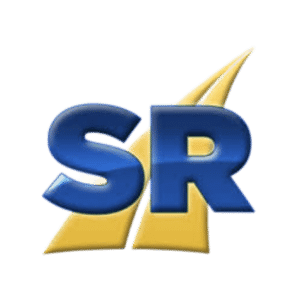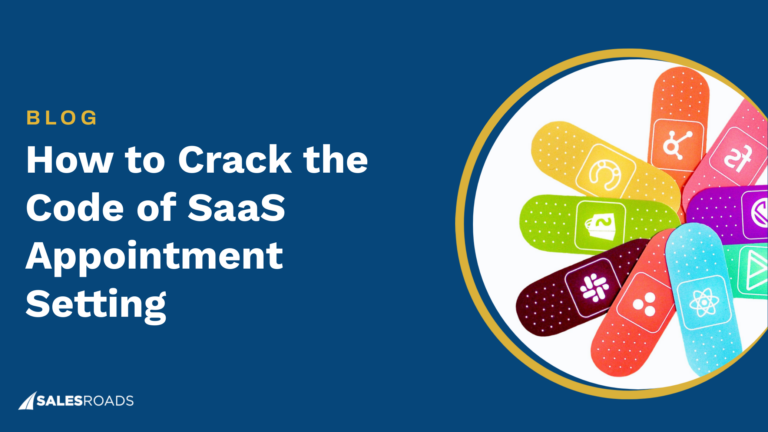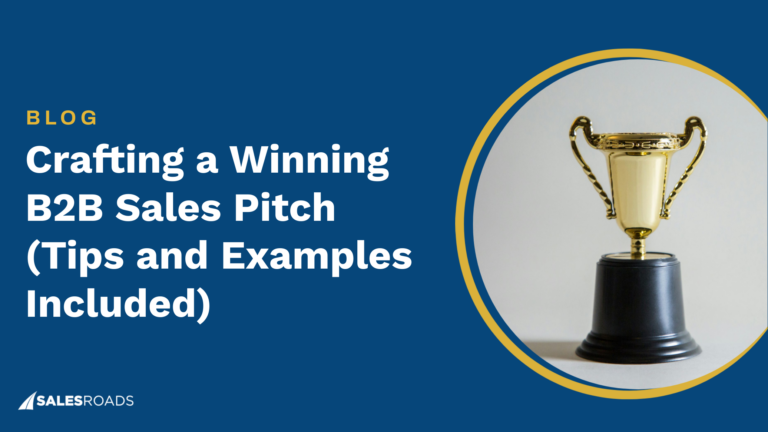With the sales tech industry growing each year, the allure of holding countless tools and software is undeniable. Yet, in your quest for efficiency, can you inadvertently stifle your team’s productivity?
The truth is that the abundance of sales tech doesn’t translate to heightened efficiency. There’s no equation like more sales tech, more revenue. Effective sales strategies that bring dollars start with holding the right sales tech stack for your team.
Questions to Ask Yourself When Choosing the Sales Tech for Your Team?
Countless sales tools flood the market, complicating the task of choosing the right one for your team. In 2023, the global sales tech market hit USD 36,650 million. By 2030, it’s projected to soar to USD 104,470 million, boasting a robust compound annual growth rate (CAGR) of 16.3%.
As the sales tech market surges forward at a remarkable pace, sales leaders find themselves at a crossroads. As each day goes by, the allure of new sales tech grows, promising enhanced productivity and efficiency for sales teams.
Yet, the reality often paints a different picture. Every new tool introduced comes with a learning curve. As your reps grapple with mastering these tools, valuable time that could be spent engaging with prospects is lost.
What’s more, the load of managing multiple platforms can divert attention away from the core objective — selling.
David Kreiger, the president of SalesRoads, explains how counterproductive it is for SDRs to have too many sales tools at their disposal with Derek Gallimore on the Outsource Accelerator podcast:
With quality over quantity mentality as your guiding principle, you can ask these key questions before settling on any sales tech for your team:
How will this software support your specific sales process and goals?
Understanding your sales process is pivotal in selecting sales tech. Tools must align with your sales funnel stages and tackle team-specific challenges.
Analyze how the tool streamlines processes. The right software seamlessly integrates into your sales process, enhancing lead engagement and boosting efficiency, ultimately driving higher conversion rates.
Here are the various sales processes where you can implement a tech stack:
Lead qualification and scoring
There are tools like HubSpot Sales Hub, Salesforce Sales Cloud, or Pipedrive that you can use for lead qualification and scoring.
These tools efficiently manage numerous leads, utilizing advanced algorithms to swiftly identify those with the highest conversion potential. This precision enables sales teams to focus on promising leads, boosting success rates.
Automating lead qualification yields significant time-saving benefits and ensures consistency across teams or regions, vital for large-scale operations.
Lead management through CRM
Customer relationship management serves as the cornerstone of sales tools, and indeed, for your entire company, as it consolidates customer and lead information. By product type, CRM commands the largest market segment, holding a 47% share.
The necessity of CRM in lead management lies in its ability to offer a clear, organized view of each prospect’s position in the sales process. This visibility enables sales teams to prioritize efforts, focusing on leads nearing a purchase while identifying those requiring further nurturing.
These tools analyze data from various prospect interactions, providing recommendations on optimal approaches to nurture leads and facilitate conversions.
Sales reporting and data visualization
Sales success hinges on understanding data, as sales is inherently a numbers game. Sales tech plays a vital role in streamlining sales reporting and data visualization, converting raw data into actionable insights.
Sales development reps and managers frequently grapple with data overload. These tools alleviate this burden by swiftly generating reports and visualizations, freeing up teams to focus on strategy and customer engagement rather than data analysis.
Focus on sales enablement with automation
In sales, time equates to money. The less time your SDRs devote to secondary tasks, the more efficient they become.
Sales automation tools are crucial for streamlining workflow automation, offering sales leaders a robust platform to track team activities efficiently. These tools are indispensable for managing quota assignments, monitoring progress, and ultimately boosting sales efficiency.
What are the expected outcomes, and how will you measure success?
Identify your objectives—whether it’s optimizing lead management, improving customer engagement, or gaining insights through reporting.
Once goals are established, determine how you’ll gauge the tech’s success. Will it be through enhanced lead conversions, shorter sales cycles, or higher customer satisfaction scores?
Clear metrics facilitate objective evaluation of software effectiveness, ensuring alignment with overall business objectives. Remember, the best tool not only meets current needs but also drives long-term goals forward.
Is the software compatible with other tools in your stack?
When evaluating any sales tech, it’s crucial to inquire whether it seamlessly integrates with your team’s current stack. Integration is key for maintaining workflow efficiency and ensuring data consistency across platforms.
For instance, if your team utilizes a specific CRM system, the new tool should sync with it, facilitating smooth data transfer and access. This integration mitigates the risk of data silos and boosts productivity by enabling reps to access all necessary information from one platform.
Seek software offering API integrations, plug-ins, or built-in connectors to popular business tools. This not only saves time but also reduces the learning curve for your team, enabling them to use familiar tools alongside the new software.
What is your budget, and what is the potential ROI?
When budgeting for your sales tech stack, it’s essential to look beyond the price tag and assess the potential return on investment.
Consider both the initial cost and any ongoing expenses, such as subscriptions or additional features. Evaluate how the software will save time, enhance sales efficiency, and potentially increase revenue. Will it automate time-consuming tasks, allowing your sales team to focus on closing deals?
Additionally, weigh the cost of not investing in such a tool—lost leads, inefficient processes, and missed opportunities. A balanced analysis of costs versus benefits will facilitate an informed decision aligned with your financial constraints and long-term business objectives.
How user-friendly is the software, and what training will be required?
User-friendliness is pivotal for the adoption and effectiveness of any sales tech. Intuitive, easy-to-use software diminishes the learning curve and boosts adoption rates within your team.
When assessing tools, evaluate the interface and navigation—Is it simple and accessible for all team members, irrespective of their technical proficiency?
Furthermore, consider the vendor’s training and support. Extensive training resources, like online tutorials, webinars, and customer support, greatly facilitate smooth implementation and usage. Remember, the quicker your team can proficiently use the tool, the sooner you’ll witness improvements in your sales process.
Can the software grow and scale with your business?
Scalability is pivotal when selecting a sales tech. The tool must not only satisfy current requirements but also adapt as your business expands.
As your team grows and sales processes evolve, the tool should accommodate more users, complex workflows, or additional features.
Verify if the software offers various plans or modules that can be added as needs change. Scalable software guarantees that as your business expands, you avoid the costly and time-consuming task of migrating to a new system.
Bottom Line
In the wide world of sales tech, having lots of tools can seem like it’ll make things super efficient and productive. But the real trick is picking the right ones that match up with how you do sales and where you want to go in the long run.
It’s not about having a bunch; it’s about having the right ones that work well together, can grow with you, and are easy for everyone to use. Ask the right questions and think about what you’ll get back from your investment to ensure your sales tech stack helps your team succeed, not slow them down.









